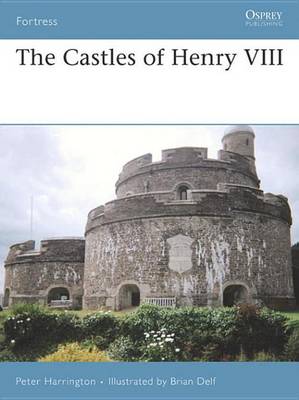Fortress
2 primary works
Book 9
The techniques of warfare were transformed during the 15th and 16th centuries by the use of gunpowder and by substantial progress in the effectiveness and destructive power of artillery. Consequently new methods of fortification were introduced, and following the outbreak of the English Civil War most towns and castles had to be re-fortified. The main communication routes followed the lines of the old Roman roads so control of these, and of the major cities, was important. However, the sites that saw most fortification were the two capitals, London for the Parliamentarians and Oxford for the Royalists.
Book 66
In the last years of his reign, Henry VIII needed a radically modern system of defence to protect England and its new Church. Anticipating a foreign onslaught from Catholic Europe after his split from Rome, Henry energetically began construction of more than 20 stone forts to protect England's major ports and estuaries. Aided by excellent illustrations, Peter Harrington explores the departure from artillery-vulnerable medieval castle designs, to the low, sturdy stone fortresses inspired by European ideas. He explains the scientific care taken to select sites for these castles, and the transition from medieval to modern in this last surge of English castle construction.

